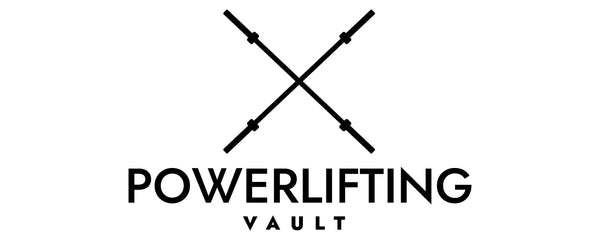How to properly wear and use a lever belt
A lever belt is a valuable tool for weightlifters of all levels. It can help to improve lifting performance, reduce the risk of injury, and improve lifting technique. However, it is important to properly wear and use a lever belt in order to reap the benefits.
How to wear a lever belt
To wear a lever belt properly, follow these steps:
- Position the belt on your lower back, just above your hips. The belt should sit snugly against your body, but not so tight that it restricts your breathing or movement.
- Wrap the belt around your waist and secure it using the buckle or lever closure.
- Take a deep breath and brace your core before performing a lift. This will help to create intra-abdominal pressure (IAP), which will help to stabilize your spine and core.
- Release the belt slowly and carefully after the lift.
How to use a lever belt
A lever belt can be used for a variety of lifts, including squats, deadlifts, bench presses, and overhead presses. However, it is most beneficial for compound lifts that require a lot of core engagement, such as squats and deadlifts.
To use a lever belt effectively, it is important to engage your core and brace properly before the lift. This will help to create IAP, which will help to stabilize your spine and core. IAP is essential for maintaining proper form and preventing injury.
To brace your core, follow these steps:
- Take a deep breath and hold it.
- Engage your abdominal muscles as if you were trying to pull your belly button towards your spine.
- Maintain this core engagement throughout the lift.
- Release the breath slowly after the lift.
Tips for using a lever belt safely and effectively
Here are some additional tips for using a lever belt safely and effectively:
- Start with a lighter weight and gradually increase the weight as you get more comfortable using the belt.
- Do not tighten the belt too tightly, as this can restrict your breathing and movement.
- If you experience any pain or discomfort while using the belt, stop using it and consult with a doctor or physical therapist.
- Replace your lever belt every 2-3 years, or sooner if it shows signs of wear and tear.
Benefits of using a lever belt
A lever belt can provide a number of benefits for weightlifters, including:
- Improved lifting performance: A lever belt can help you to lift heavier weights by providing support for your lower back and core.
- Reduced risk of injury: A lever belt can help to reduce the risk of injury by stabilizing your spine and core.
- Improved lifting technique: A lever belt can help you to maintain proper lifting technique by providing a reminder to engage your core and brace properly.
When to use a lever belt
A lever belt can be used for a variety of lifts, including squats, deadlifts, bench presses, and overhead presses. However, it is most beneficial for compound lifts that require a lot of core engagement, such as squats and deadlifts.
How to choose the right lever belt
When choosing a lever belt, there are a few factors to consider:
- Size: A lever belt should fit snugly against your body, but not so tight that it restricts your breathing or movement. To determine your correct size, measure your waist circumference at the smallest part of your waist.
- Material: Lever belts are typically made of leather or nylon. Leather belts are more durable, but they can also be more expensive. Nylon belts are less expensive, but they may not be as durable as leather belts.
- Closure: Lever belts have either a buckle closure or a lever closure. Buckle closures are more traditional, but they can be more difficult to tighten and loosen. Lever closures are easier to tighten and loosen, but they can be more expensive.
